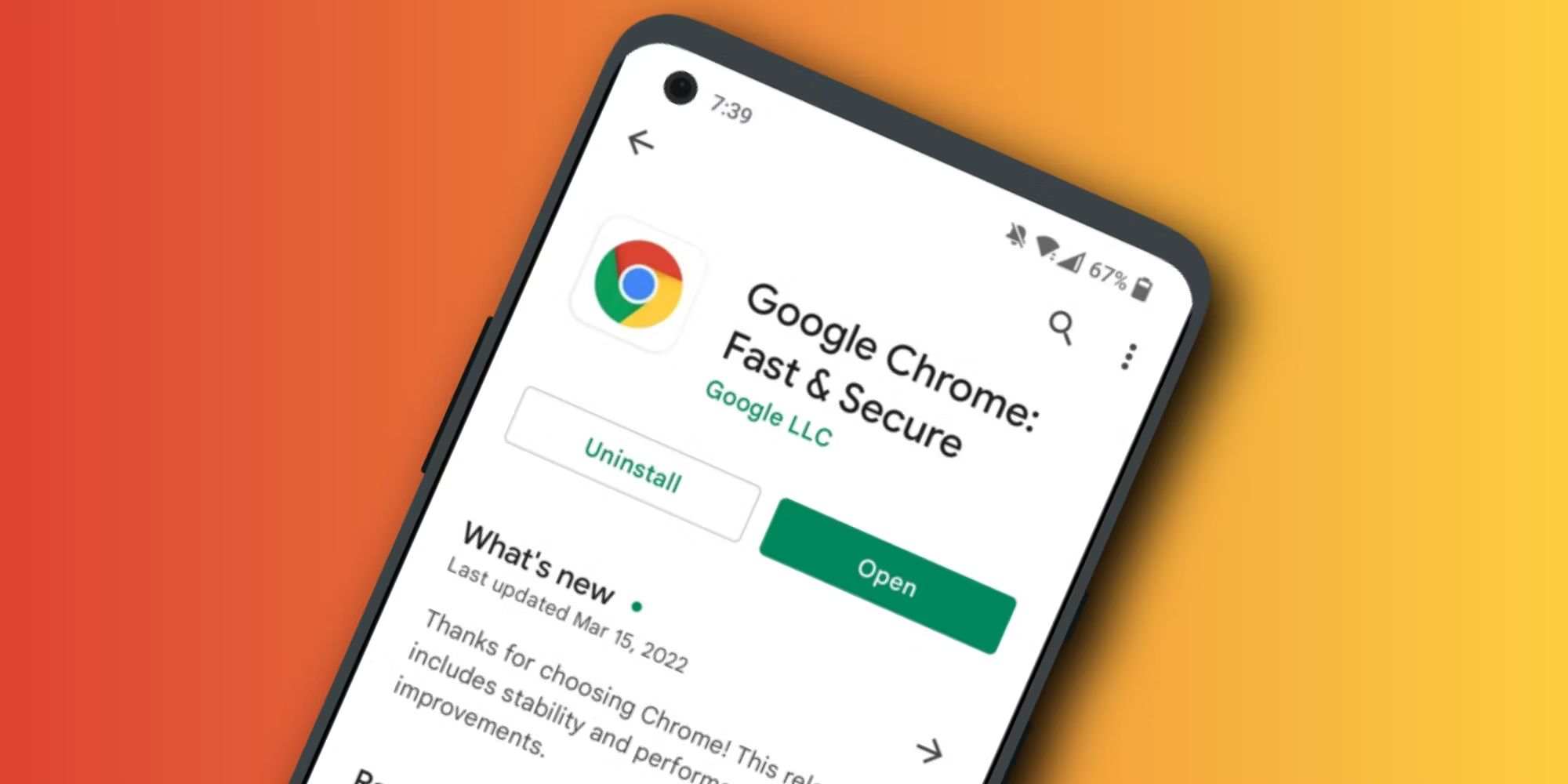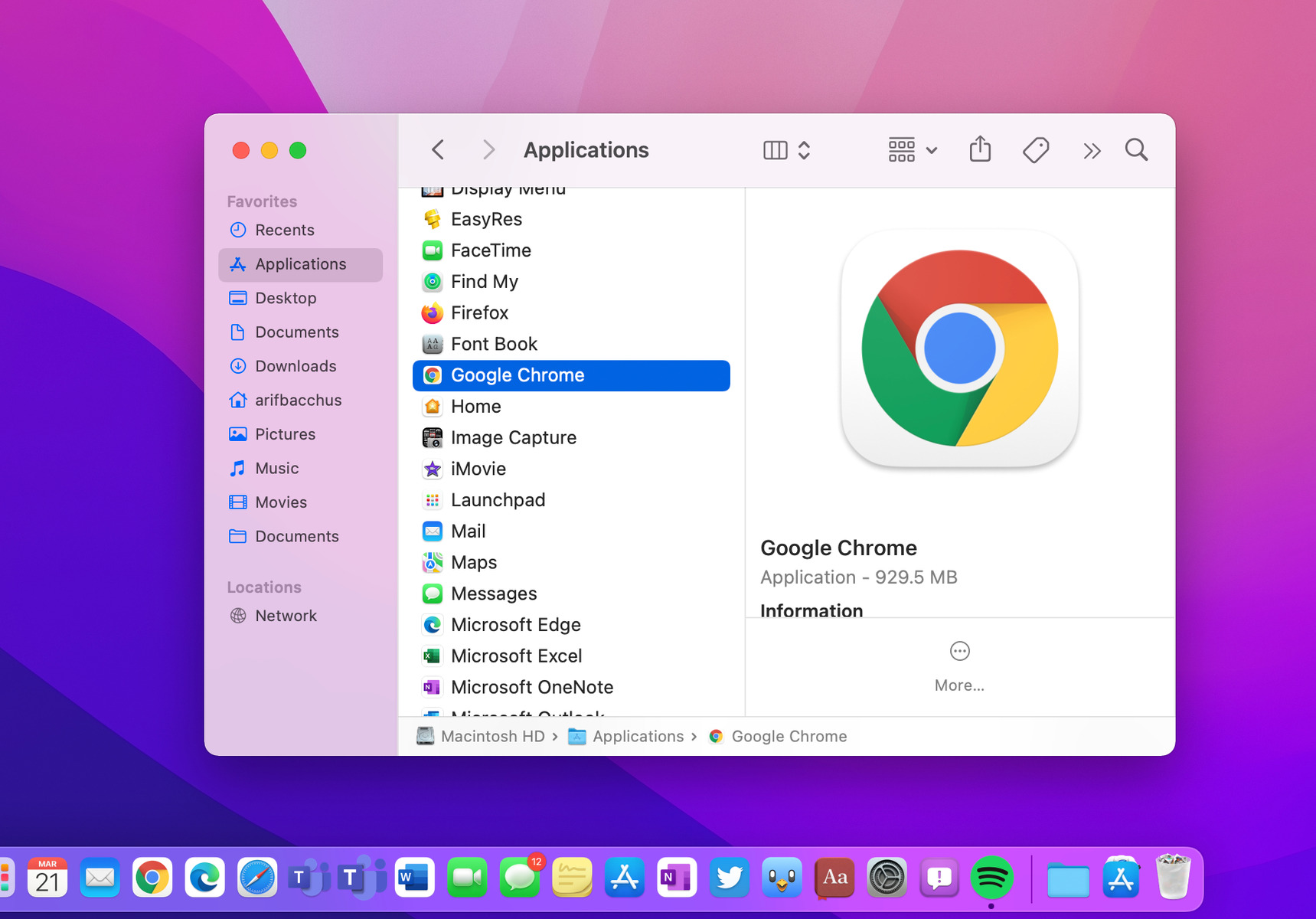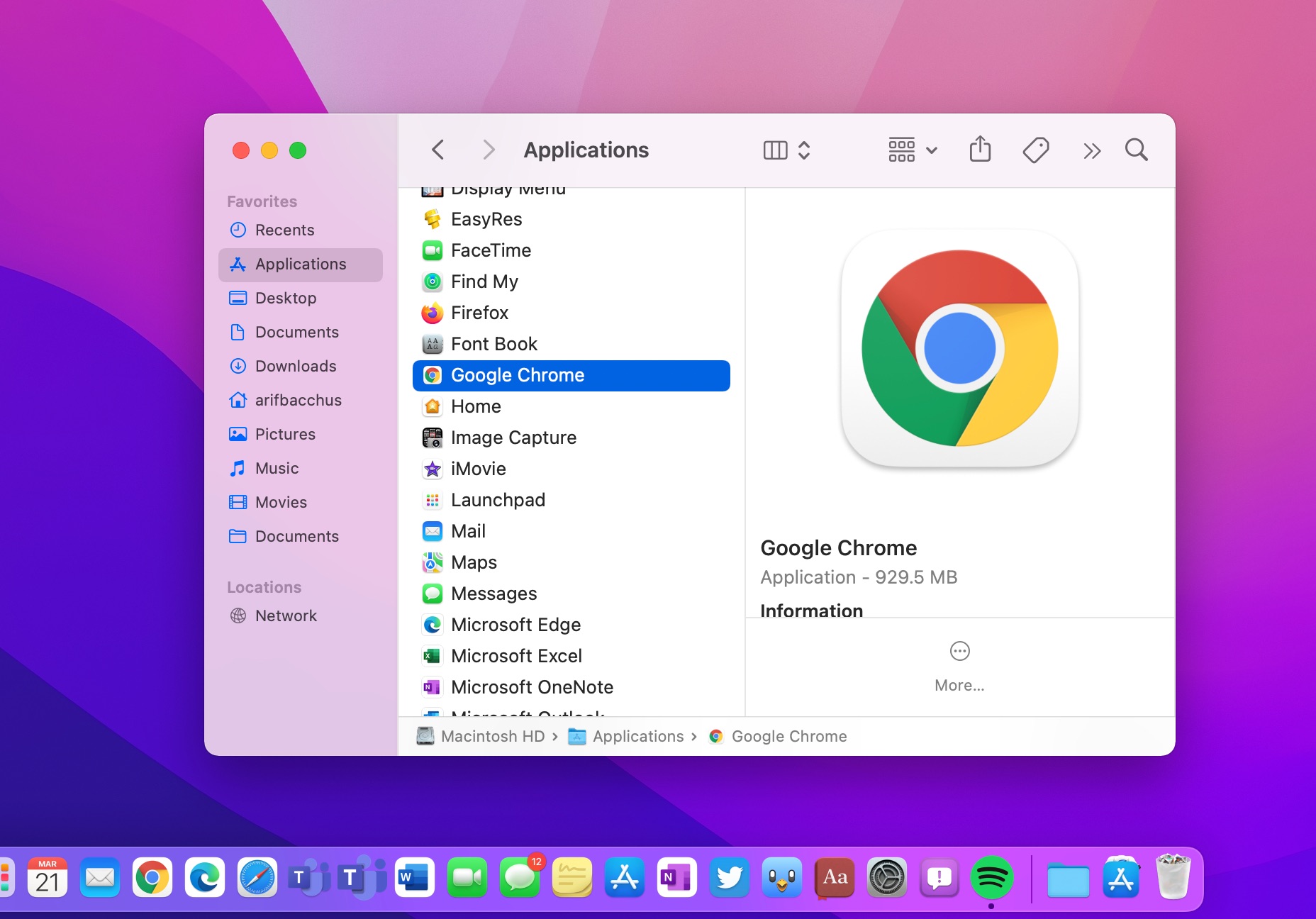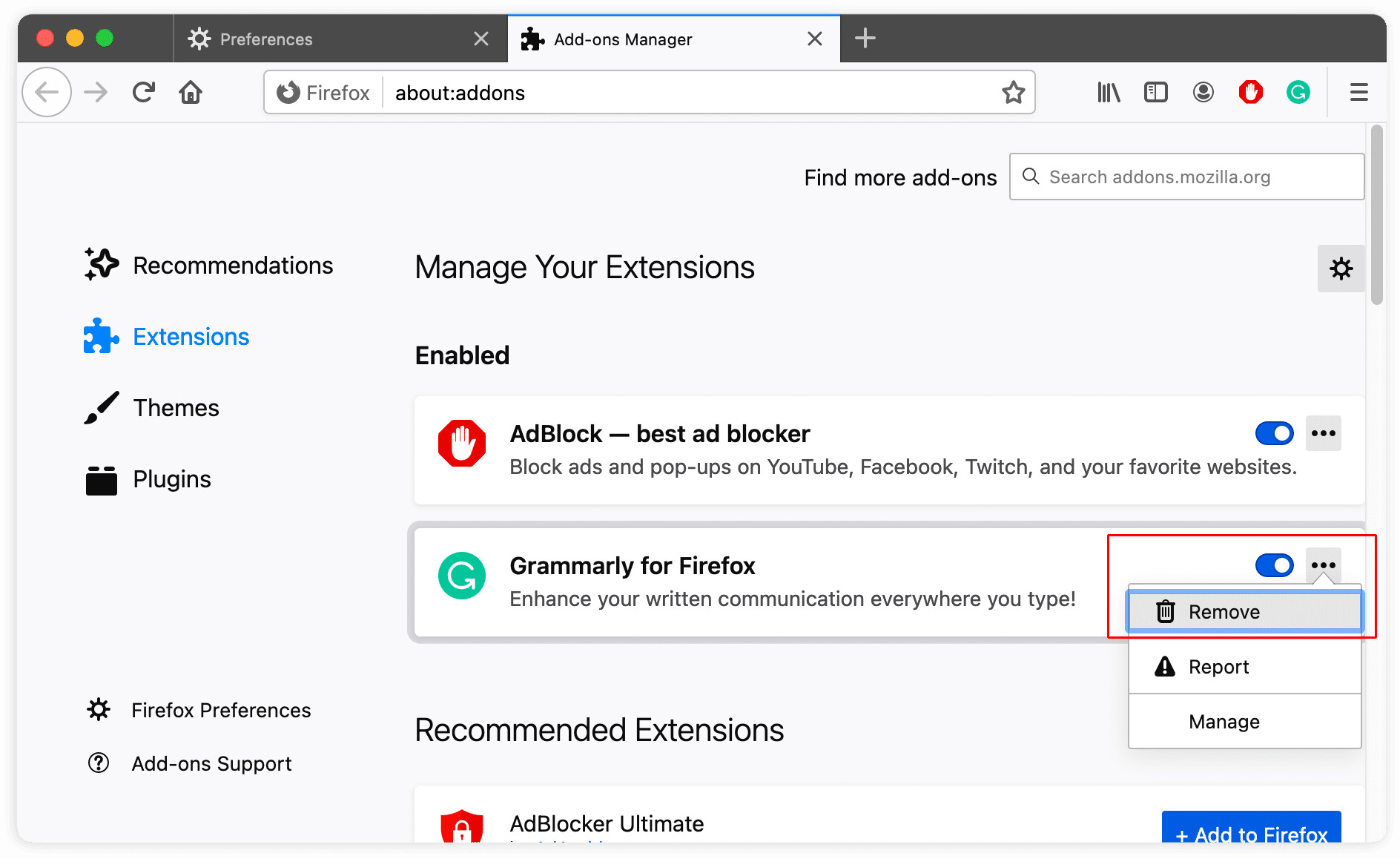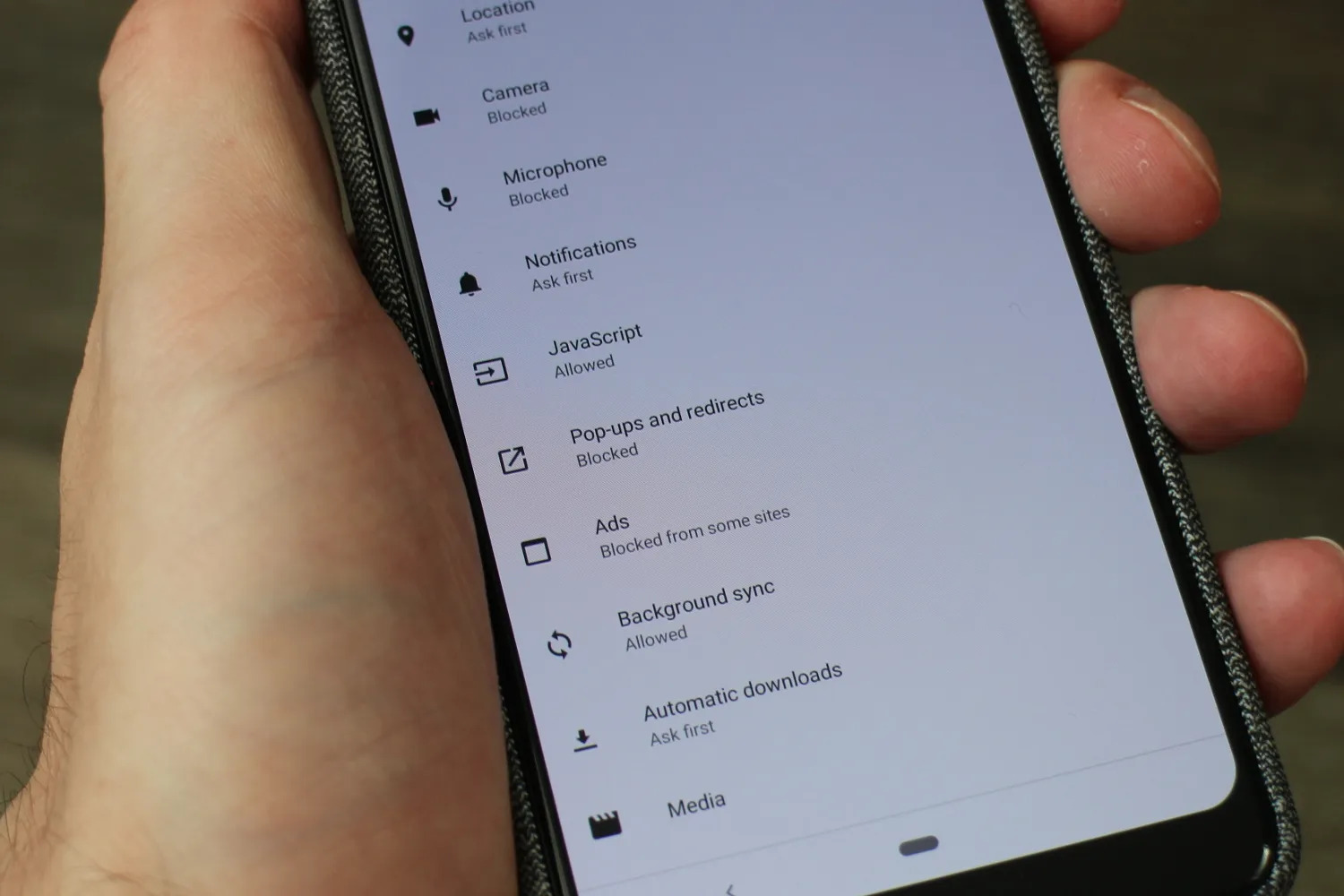Introduction
Uninstalling Chrome from your Android mobile device can be a necessary task for various reasons. Whether you're looking to free up storage space, switch to a different browser, or troubleshoot issues related to Chrome, knowing how to uninstall the app is essential. While Chrome is a popular and feature-rich browser, there are instances where users may prefer alternative options that better suit their needs. By following a few simple steps, you can seamlessly remove Chrome from your Android device and explore other browsing options available on the Google Play Store.
Uninstalling Chrome from your Android mobile device can be a necessary task for various reasons. Whether you're looking to free up storage space, switch to a different browser, or troubleshoot issues related to Chrome, knowing how to uninstall the app is essential. While Chrome is a popular and feature-rich browser, there are instances where users may prefer alternative options that better suit their needs. By following a few simple steps, you can seamlessly remove Chrome from your Android device and explore other browsing options available on the Google Play Store.
Step 1: Open Settings
To begin the process of uninstalling Chrome from your Android mobile device, you need to access the device's settings. The settings menu on an Android device serves as a control center, allowing users to customize various aspects of their device, including app management. Here's how you can open the settings menu:
-
Locate the Settings Icon: The settings icon is typically represented by a gear or cogwheel symbol and is commonly found on the home screen or within the app drawer. It may also be accessible by swiping down from the top of the screen and tapping the gear icon in the top-right corner of the notification panel.
-
Tap to Open Settings: Once you've located the settings icon, tap on it to open the settings menu. This action will direct you to a screen where you can manage and customize different settings and features of your Android device.
-
Navigate to Apps or Application Manager: Within the settings menu, scroll through the available options and look for the section labeled "Apps" or "Application Manager." The location of this section may vary depending on the device model and the version of the Android operating system it is running.
-
Accessing App Settings: Upon entering the "Apps" or "Application Manager" section, you will find a list of all the installed apps on your device. This is where you can manage individual app settings, including uninstalling or disabling apps.
By successfully navigating to the settings menu on your Android device, you have completed the first step towards uninstalling Chrome. The settings menu is a crucial gateway to managing apps and system preferences, empowering users to customize their devices according to their preferences and needs. With the settings menu now accessible, you are ready to proceed to the next step in the uninstallation process.
Step 2: Select Apps
After successfully accessing the settings menu on your Android device, the next step in the process of uninstalling Chrome is to select the "Apps" or "Application Manager" section. This step is crucial as it allows you to view and manage all the installed applications on your device, including Chrome. Here's a detailed guide on how to navigate and select the appropriate section within the settings menu:
-
Locate the Apps Section: Once you are within the settings menu, look for the section labeled "Apps" or "Application Manager." This section is where you can view a comprehensive list of all the apps installed on your device. The location of this section may vary depending on the device model and the version of the Android operating system it is running.
-
Accessing the Apps Section: Upon locating the "Apps" or "Application Manager" section, tap on it to enter. You will be presented with a list of all the installed apps, each accompanied by its respective icon and name. This comprehensive list provides an overview of the apps currently residing on your device, allowing you to manage them effectively.
-
Scroll Through the App List: As you enter the "Apps" or "Application Manager" section, take a moment to scroll through the list of installed apps. This action enables you to locate and select Chrome from the array of applications displayed. The alphabetical arrangement of apps can assist in quickly identifying Chrome within the list.
-
Selecting Chrome: Once you have located Chrome within the list of installed apps, tap on it to access the app-specific settings and management options. This action will direct you to a dedicated page for Chrome, where you can explore various details and settings associated with the app.
By successfully navigating to the "Apps" or "Application Manager" section within the settings menu, you have reached a pivotal stage in the uninstallation process. This section serves as a central hub for managing all installed applications on your Android device, providing you with the ability to make informed decisions regarding app management and uninstallation. With Chrome now selected within the app list, you are prepared to proceed to the subsequent steps, ultimately leading to the successful uninstallation of Chrome from your Android mobile device.
Step 3: Find and Select Chrome
Upon entering the "Apps" or "Application Manager" section within the settings menu of your Android device, the next crucial step in the process of uninstalling Chrome is to locate and select the Chrome app from the list of installed applications. This step is pivotal as it allows you to access the specific settings and management options associated with Chrome, paving the way for its eventual uninstallation. Here's a detailed guide on how to effectively find and select Chrome within the app list:
-
Scroll Through the App List: As you enter the "Apps" or "Application Manager" section, take a moment to scroll through the comprehensive list of installed apps on your device. The alphabetical arrangement of apps can assist in quickly identifying Chrome within the array of applications displayed.
-
Locate Chrome: While scrolling through the app list, keep an eye out for the distinctive Chrome icon and name. Chrome is commonly represented by its iconic circular symbol with vibrant colors, making it easily recognizable within the list of installed apps. Once you have located the Chrome app, proceed to the next step.
-
Selecting Chrome: Upon identifying Chrome within the list of installed apps, tap on it to access the app-specific settings and management options. This action will direct you to a dedicated page for Chrome, where you can explore various details and settings associated with the app.
By successfully finding and selecting Chrome within the list of installed apps, you have reached a critical stage in the uninstallation process. The ability to pinpoint and access the specific settings of the Chrome app empowers you to make informed decisions regarding its management, including the option to uninstall it from your Android device. With Chrome now selected within the app list, you are prepared to proceed to the subsequent steps, ultimately leading to the successful uninstallation of Chrome from your Android mobile device.
Step 4: Uninstall Chrome
After successfully locating and selecting the Chrome app within the list of installed applications on your Android device, the final and pivotal step in the process of uninstalling Chrome is to initiate the uninstallation procedure. This step marks the culmination of the uninstallation process, allowing you to seamlessly remove Chrome from your device. Here's a comprehensive guide on how to proceed with the uninstallation of Chrome:
-
Initiate Uninstallation: Upon selecting the Chrome app from the list of installed applications, you will be directed to a dedicated page displaying various details and settings associated with the app. Look for the "Uninstall" option, typically represented by a button or link, and tap on it to initiate the uninstallation process. A confirmation prompt may appear, requesting your confirmation to proceed with the uninstallation.
-
Confirm Uninstallation: Upon tapping the "Uninstall" option, a confirmation prompt will appear, seeking your confirmation to proceed with the uninstallation of Chrome. This prompt serves as a safeguard, ensuring that the uninstallation is intentional and deliberate. Confirm the action by tapping "OK" or "Uninstall," acknowledging that you wish to remove Chrome from your Android device.
-
Uninstallation Process: Once the uninstallation is initiated and confirmed, your Android device will commence the removal of the Chrome app. The process may take a few moments to complete, during which the system will uninstall the app and remove its associated data from your device. It's essential to allow the system to complete the uninstallation process without interruption.
-
Uninstallation Completion: Upon successful completion of the uninstallation process, you will receive a notification or confirmation message indicating that Chrome has been uninstalled from your device. This notification serves as a confirmation of the successful removal of the app, signifying that Chrome is no longer present on your Android device.
By following these steps, you have successfully uninstalled Chrome from your Android mobile device. The completion of the uninstallation process empowers you to explore alternative browsing options available on the Google Play Store, allowing you to tailor your browsing experience according to your preferences and needs. Whether you're seeking to free up storage space, troubleshoot issues, or explore different browsers, the ability to uninstall Chrome provides you with the flexibility to customize your device to align with your browsing requirements.
Conclusion
In conclusion, the process of uninstalling Chrome from your Android mobile device empowers you to customize your browsing experience and manage your device's app ecosystem effectively. By following the outlined steps, you have gained the knowledge and capability to seamlessly remove Chrome, opening the door to exploring alternative browsers and optimizing your device's storage and performance.
Uninstalling Chrome from your Android device is a versatile solution that caters to various user needs. Whether you're looking to troubleshoot issues, free up storage space, or simply explore different browsing options, the ability to uninstall Chrome provides you with the flexibility to tailor your device to your preferences.
Furthermore, the process of uninstalling Chrome serves as a testament to the user-centric nature of the Android operating system, offering intuitive and accessible methods for app management. The settings menu and app-specific management options empower users to make informed decisions regarding app installation, maintenance, and removal, ultimately enhancing the overall user experience.
As you navigate the dynamic landscape of mobile browsing, the knowledge of uninstalling apps such as Chrome equips you with the autonomy to curate your digital environment. This empowerment extends beyond browsing preferences, influencing the overall functionality and efficiency of your Android device.
In essence, the ability to uninstall Chrome from your Android mobile device reflects the user-centric ethos of Android, placing control and customization firmly in the hands of the user. This capability aligns with the broader ethos of technological empowerment, allowing users to shape their digital experiences according to their unique preferences and requirements.
With Chrome successfully uninstalled, you are now poised to explore the diverse array of browsers available on the Google Play Store, each offering distinct features and capabilities. This newfound freedom to choose a browsing solution that resonates with your needs underscores the value of app management and customization within the Android ecosystem.
In conclusion, the process of uninstalling Chrome from your Android device is a testament to the user-centric design of the Android operating system, offering a seamless and intuitive approach to app management. This capability, coupled with the diverse range of browsing options available, empowers you to curate a personalized and optimized browsing experience on your Android mobile device.







